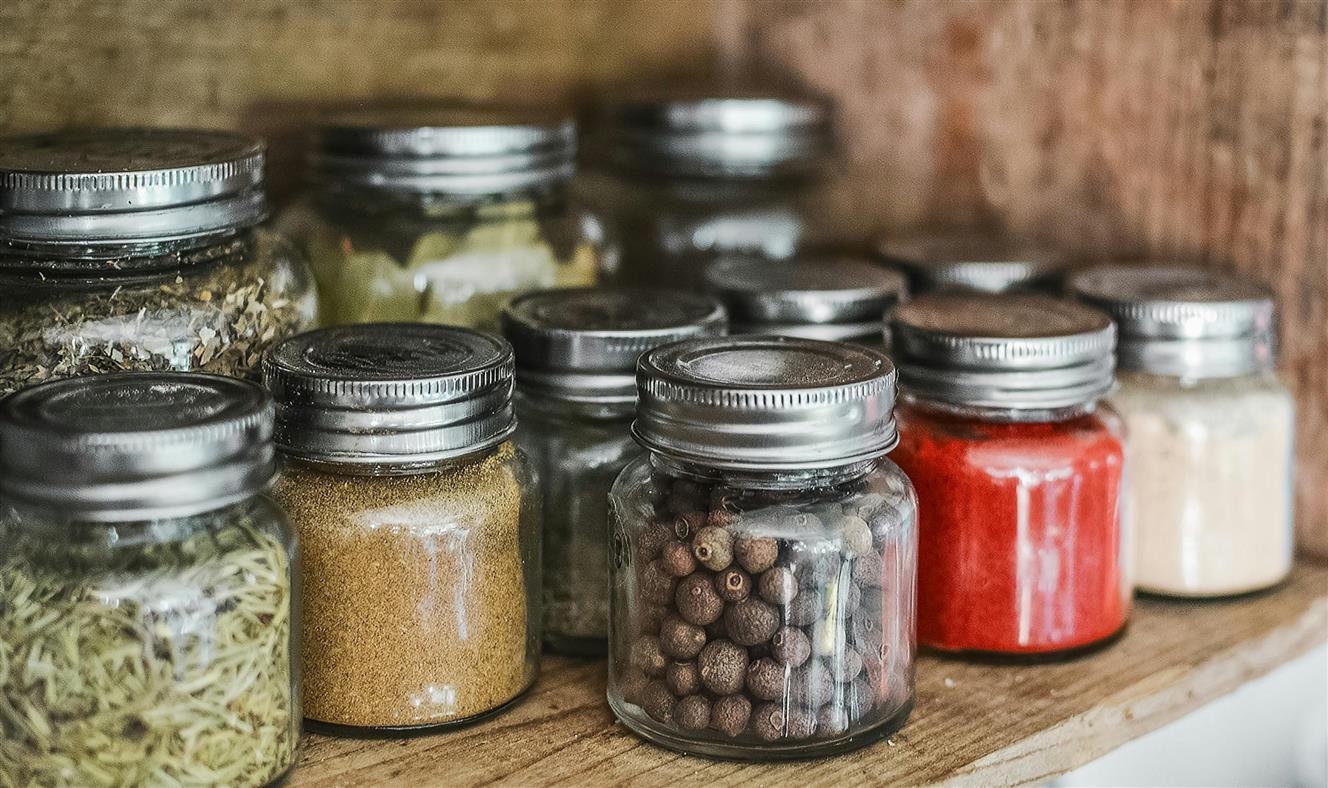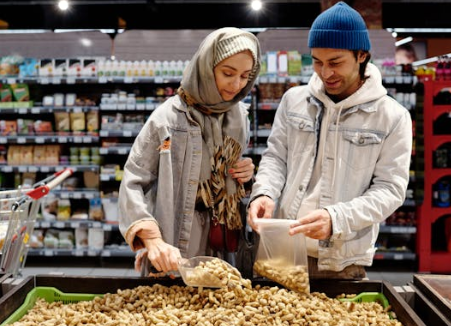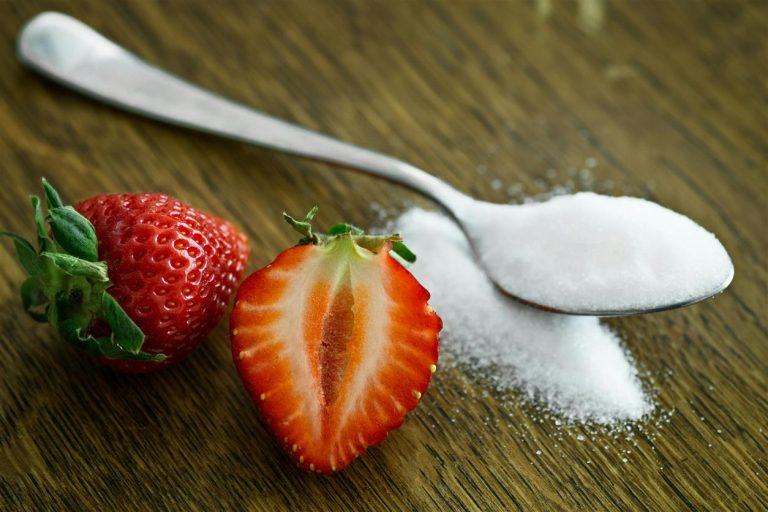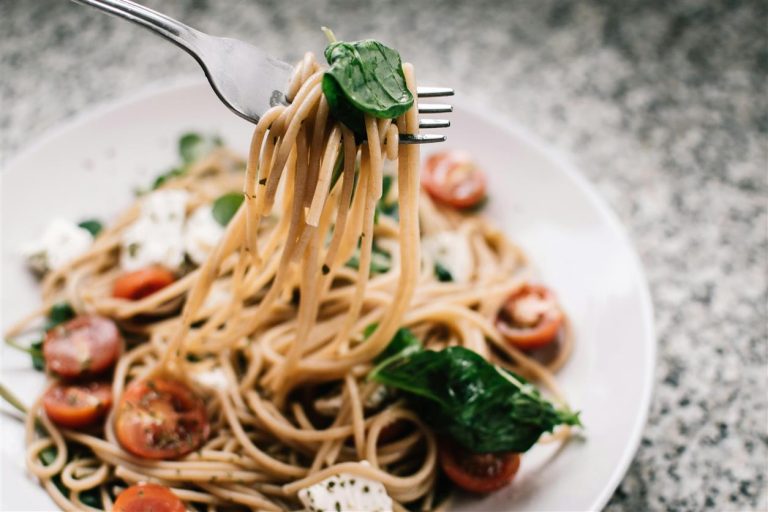
When we think about climate change, we often picture rising sea levels, extreme weather, and melting glaciers. But there’s another, more intimate consequence happening right on our plates: the changing flavor of food. As temperatures rise and weather patterns become increasingly unpredictable, crops are responding in ways that are both surprising and, in some cases, deeply troubling. Beyond yield and availability, climate change is quietly altering how our food tastes — from the sweetness of fruits to the sharpness of herbs — and the ripple effects reach all the way from the farm to your kitchen.

Changing Weather, Changing Plants
Plants are highly responsive to their environments. They adapt to shifts in temperature, sunlight, moisture, and soil conditions. These changes influence how a plant grows, how fast it matures, and what it produces. For food crops, these subtle variations can dramatically affect flavor, texture, and nutritional value.
Take tomatoes, for example. Hotter temperatures tend to accelerate ripening but can reduce the time the fruit has to develop complex sugars and acids that give it its distinctive taste. The result? Tomatoes that look ripe but taste watery or flat. Grapes used for wine are similarly sensitive. Vineyards around the world are experiencing earlier harvests, which changes the sugar-acid balance and, ultimately, the flavor profile of the wine. In some cases, entire varietals are being relocated to higher altitudes or cooler climates just to preserve their traditional characteristics.
The Chemistry Behind Taste
Flavor isn’t just about what something smells or tastes like—it’s a chemical reaction. Plants produce a range of compounds, including sugars, acids, and volatile aromatics, that contribute to taste. These compounds develop under specific environmental conditions.
For instance, the bitterness in kale or arugula is linked to glucosinolates, compounds that respond to temperature fluctuations. Drought stress in herbs like basil can intensify essential oils, leading to a more pungent flavor, while overly wet seasons might dilute them. Likewise, cocoa and coffee plants under heat stress can produce beans with less nuanced aromas, affecting everything from your morning espresso to your favorite chocolate bar.
As climate conditions continue to shift, the delicate balance of these chemical profiles is being disturbed. In some cases, the results are mild — a melon that’s a little less sweet. In others, they’re more significant — such as wines losing their regional identity or vanilla beans failing to develop their iconic scent.
Crop Yield and Availability
Of course, it’s not just about flavor. Climate change also impacts how much of a crop can be grown and whether it grows at all. Droughts, floods, and extreme heat are becoming more frequent, and these events have a direct effect on productivity. Coffee plants, particularly the Arabica species, are especially vulnerable. Some estimates suggest that by 2050, the amount of land suitable for growing Arabica could be cut in half.
Staple grains like wheat, rice, and corn — which make up the foundation of global diets — are also at risk. Heat stress during key growing phases can lead to smaller grains or lower protein content, impacting both nutrition and texture. A loaf of bread might rise differently, a bowl of rice might taste subtly off, and the shelf life of processed foods might be affected as ingredient quality changes.

The Human Element: Farming in Flux
For farmers, these changes are not abstract. They’re being felt in real time and with real economic consequences. Traditional planting calendars are no longer reliable. Pests and diseases that once stayed within certain climate zones are migrating, placing new pressures on already strained agricultural systems.
In response, many growers are shifting to new crop varieties, changing irrigation practices, and experimenting with protective growing environments like greenhouses or shade nets. But these adaptations come with costs, and not every farmer has the resources to pivot quickly. Small-scale and subsistence farmers, especially in regions most vulnerable to climate change, face the greatest risk.
Additionally, food producers and chefs are having to rethink menus and supply chains. Restaurants known for specific ingredients are finding those ingredients less consistent or more expensive. Entire cuisines that rely on precise flavor balances may have to evolve in response to new agricultural realities.
What This Means for Consumers
For those buying groceries or ordering dinner, the changes may be subtle — for now. Slight variations in flavor, higher prices, and fewer seasonal offerings might start to become more common. Over time, though, we may see a more pronounced shift in the foods we take for granted.
Mangoes from India, known for their perfumed sweetness, may become harder to grow as heatwaves scorch orchards. Maple syrup production in North America has already seen changes, as warmer winters disrupt sap flow. Even the humble potato faces challenges, with changing soil conditions and rainfall patterns influencing yield and consistency.
There’s also a cultural dimension. Food is memory, identity, and tradition. When the ingredients that form the basis of a dish start to taste different or disappear entirely, it’s not just a culinary inconvenience—it’s a loss of heritage.

A Different Kind of Climate Action
While addressing the broader challenges of climate change involves energy, transportation, and global policy, the food system is a vital piece of the puzzle. Supporting agricultural practices that are resilient to changing conditions — including crop diversity, soil health, and water management — helps buffer against some of the more damaging effects. So does reducing food waste and rethinking how far food travels before it reaches our plate.
Consumer awareness also plays a role. Understanding where your food comes from, supporting local and adaptive farmers, and being flexible about what’s in season or available are small but meaningful actions.
Final Thoughts
The flavor of climate change is real. It’s not just about scarcity or loss — it’s about a slow transformation of taste, quality, and availability. As weather patterns shift, so too will our experience of food. The challenge ahead isn’t just how to grow more—it’s how to preserve the richness, nuance, and pleasure that good food brings.
The future of flavor may look different, but by paying attention today, we can help shape how it tastes tomorrow.
4o






